The most important rules of carpentry are summed up as:
Build it:
Plumb, Level & Square
The best materials, finest tools and greatest design will not correct a structure that has been put together contrary to these principles.
Errors in initial plumb, level and square compound throughout the entire project as it progresses.
- Plumb: Plumb is defined as true to a vertical plane. A correctly plumbed object such as a support column takes maximum advantage of gravity, transferring loads directly to the ground.
- Level: Level is defined as true to a horizontal plane.
- Square: Square is when a plumbed object intersects with a level object they create a 90 degree angle.
Fortunately each of the parameters of plumb, level and square can be easily checked and continuously monitored.
Plumb:
There are two tools used to check the plumb of an object:
- Carpenter's level - Always check plumb on adjacent sides as shown in Figure 1.
- Plumb bob - Plumb can also be checked with the use of a plumb bob, although using it to set a post or column requires 2 units and is a much more complex exercise. If you are concerned about a post or column shifting during construction, a plumb bob can be attached to a post and allows for a quick verification that plumb is being maintained, as shown in Figure 3. `
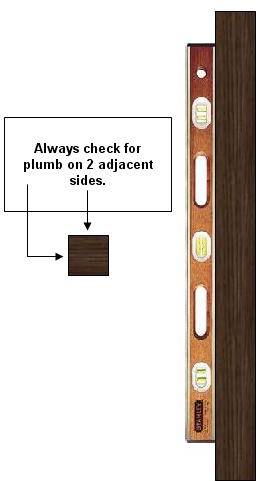
Figure 1 - Using a level to plumb a post
The longer the carpenter's level the easier it is to obtain a true plumb reading. A 48 inch level works best when working with columns or posts over 4 feet in length.
When working with a level, close is not acceptable, the bubble in the vial must be dead center.
A new innovation is a level clamp that will actually hold a level against a post, working as a third hand, allowing you to set the plumb of a column or post without having to hold onto the level, as shown in Figure 2.

Figure 2 - Post level holder
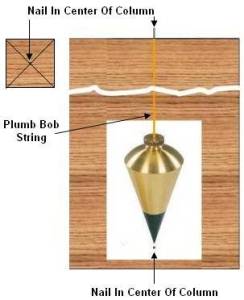
Figure 3 - Using a plumb bob
Level:
There are three methods to check level.
- Carpenter's level - using a carpenter's level on a horizontal board is similar to the use on a vertical surface. If the horizontal surface is longer than twice the length of the level, it is wise to check level at both ends and in the middle. Many times a board can be warped or have a crown that is not on the center line.
- Laser level - laser levels, as shown in Figure 4, have become as common as bubble levels, with prices that are competitive with bubble levels. Depending on the model, they can provide all functions of plumb level and square.
- Water Level - a water level is a piece of clear tubing filled with water, as shown in Figure 6. Water will automatically find its same level on both ends of a tube. When using a water level it is important that there are no air bubbles in the tube or kinks in the tubing and that both ends of the tubing are open to the air.
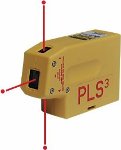
Figure 4 - Laser level
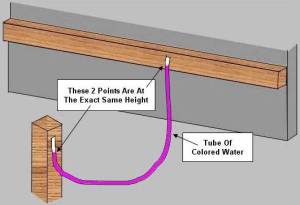
Figure 6 - Using a water level
To help see the water level in the tube consider adding some food coloring to the water.
Newer water levels have electronic readouts, as shown in Figure 5.
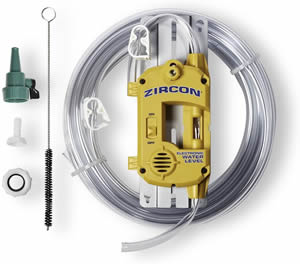
Figure 5 - Water level
Square:
Most construction projects are rectangular or made up of several adjoining rectangles. If the corners of any frame are not square it is much harder to install joists, sub-flooring, roof rafters or any other adjoining framing.
To determine if you are working to square measure across the diagonals of a frame, corner to corner, as shown in Figure 7.
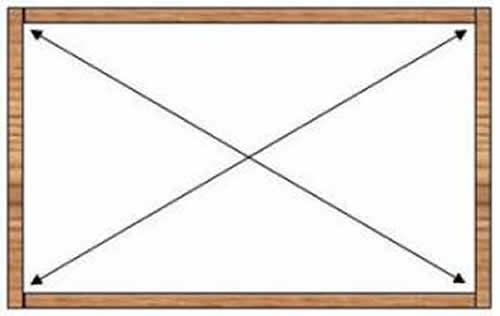
Figure 7 - Measuring corner to corner to determine square of a rectangle
If the square of rectangular frame is truly square both dimensions will be identical. The actual measured number has no meaning, other than as a match to the opposite diagonal. The measurements should be within 1/32 of an inch of each other.
The measurement can be made to the inside or outside of the frame, as long as the measurement criteria is the same for both diagonals.
To check the square of a corner, when you do not have a rectangle or square to work from you should use the 3-4-5 method, as shown in Figure 8.
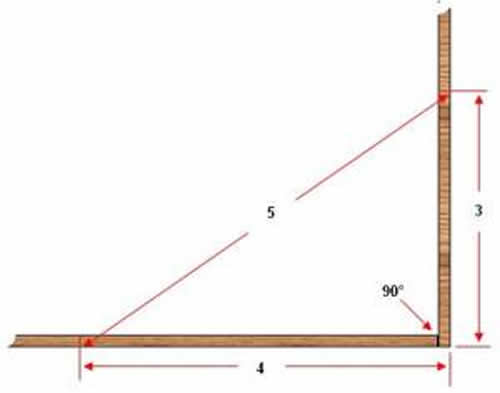
Figure 8 - Determining square using the 3-4-5 method.
The numbers 3, 4 and 5 create a perfect 90 degree angle. The units are not important providing all the units are identical. In other words, you can have 3, 4, 5, feet, meters, yards, inches. In the same manner the numbers can be doubled, tripled or quadrupled if you are working with large dimensions ( 6, 8, 10 - 9, 12, 15).
It is not necessary that the 90 degree angle that you are wishing to confirm has measurements of 3, 4 and 5.
